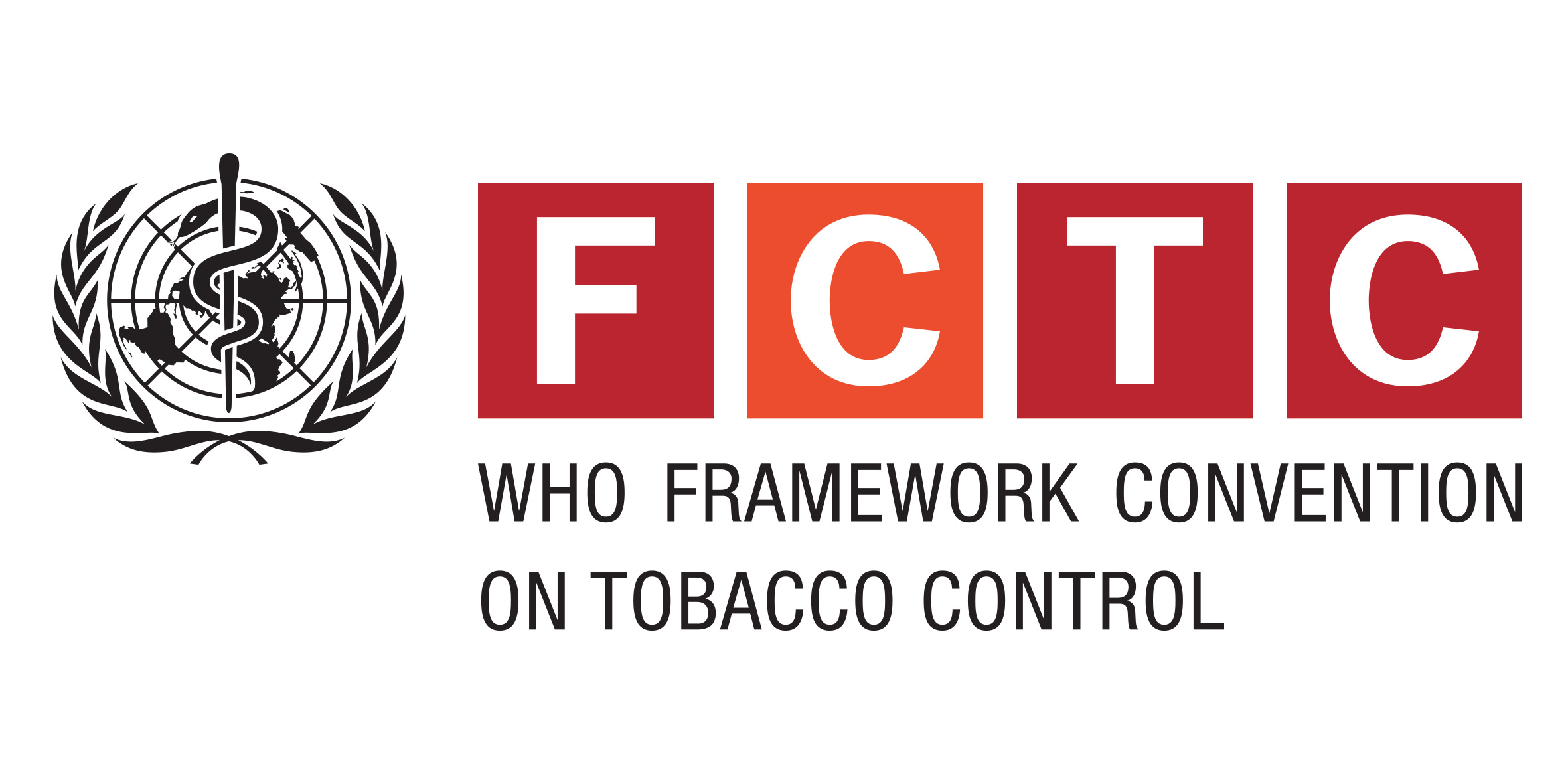Journal Article
Print(0)
Bundesgesundheitsblatt, Gesundheitsforschung, Gesundheitsschutz
Bundesgesundheitsblatt Gesundheitsforschung Gesundheitsschutz
Jul
57
7
869
877
LR: 20160707; JID: 101181368; 0 (Papillomavirus Vaccines); ppublish
Germany
1437-1588; 1436-9990
PMID: 24950836
ger
English Abstract; Journal Article; IM
10.1007/s00103-014-1987-3 [doi]
Unknown(0)
24950836
OBJECTIVES: In Germany, vaccination against HPV infection has been recommended for girls aged 12-17 years since 2007. The aim of this paper was to provide an overview of the current status and determinants of HPV vaccination uptake in Germany. METHODS: Analyses included data from 14- to 17-year-old girls (n =1,337) of the German Health Interview and Examination Survey for Children and Adolescents - First Follow-up Survey (KiGGS Wave 1). Standardized telephone interviews included questions for girls on the number of HPV vaccine doses and visits to a gynecologist. Parents were asked about their socioeconomic status (SES) and the girls' participation in the J1 adolescent health check-up. Descriptive analyses of the HPV vaccination status with respect to social, demographic, and health-care utilization factors were performed. Factors associated with vaccination were identified and odds ratios (OR) were estimated by means of logistic regression analysis. RESULTS: The prevalence of vaccination with at least one HPV vaccine dose was 52.6% (95% confidence interval 48.5-56.6). Three-dose HPV vaccination coverage was 39.5% (35.3-43.9). Vaccine uptake increased with age, was higher in girls with middle and low SES compared with high SES, with residence in eastern Germany, in those who had already seen a gynecologist, and who participated in the J1. Multivariable logistic regression revealed a twofold increased chance of being vaccinated for girls with middle SES (OR 1.9) compared with high-SES girls and for those who had yet seen a gynecologist (OR 2.1). CONCLUSIONS: School-based vaccination programs and multi-tier vaccination campaigns have led to high vaccination rates in some European and non-European countries. In Germany, however, such high vaccination rates have not been achieved. To fully realize the potential of HPV vaccinations to reduce HPV-related cancer incidence at the population level, vaccination coverage in Germany must be increased. In absence of school-based vaccination programs, medical doctors should use each visit to check and complete the girl's vaccination status.
Poethko-Muller,C., Buttmann-Schweiger,N., KiGGS Study Group
Impfstatus und Determinanten der Impfung gegen humane Papillomviren (HPV) bei Madchen in Deutschland : Ergebnisse der KiGGS-Studie - Erste Folgebefragung (KiGGS Welle 1)
Abteilung fur Epidemiologie und Gesundheitsmonitoring, Robert Koch-Institut, General-Pape-Strasse 62-66, 12101, Berlin, Deutschland, poethko-muellerc@rki.de.
http://vp9py7xf3h.search.serialssolutions.com/?charset=utf-8&pmid=24950836
2014

